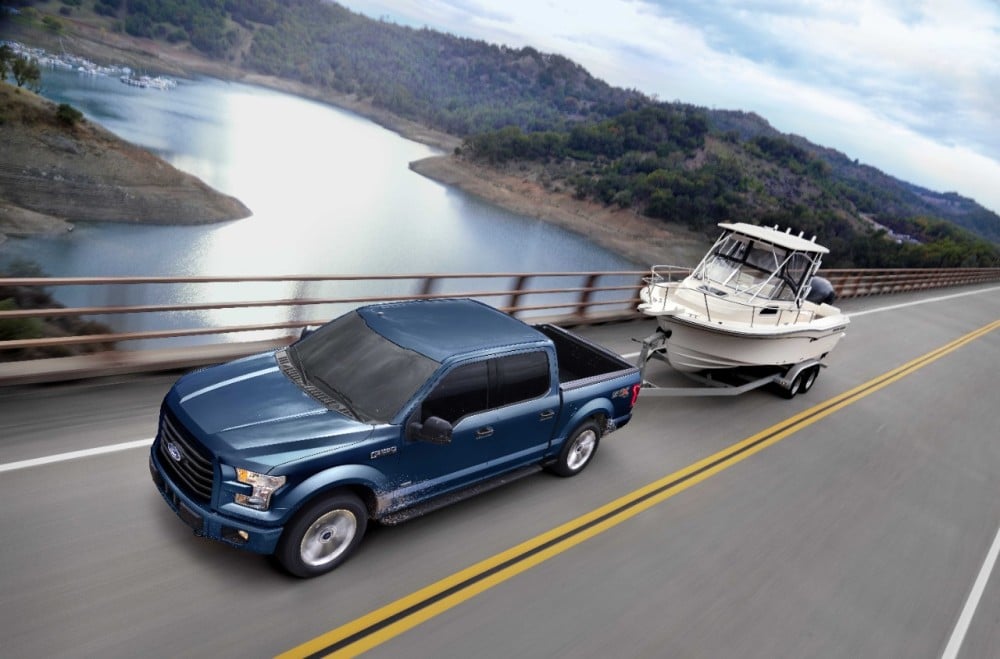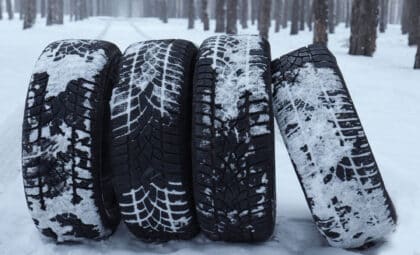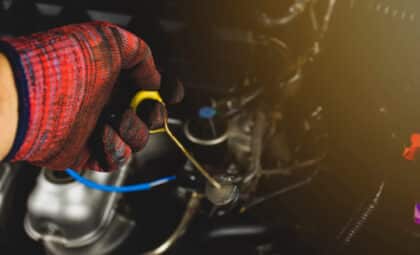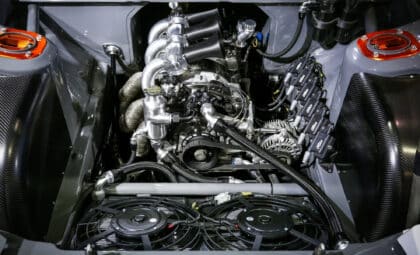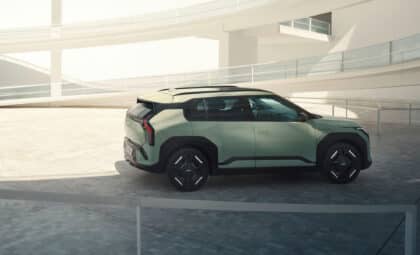This article is sponsored by Load Restraint Systems.
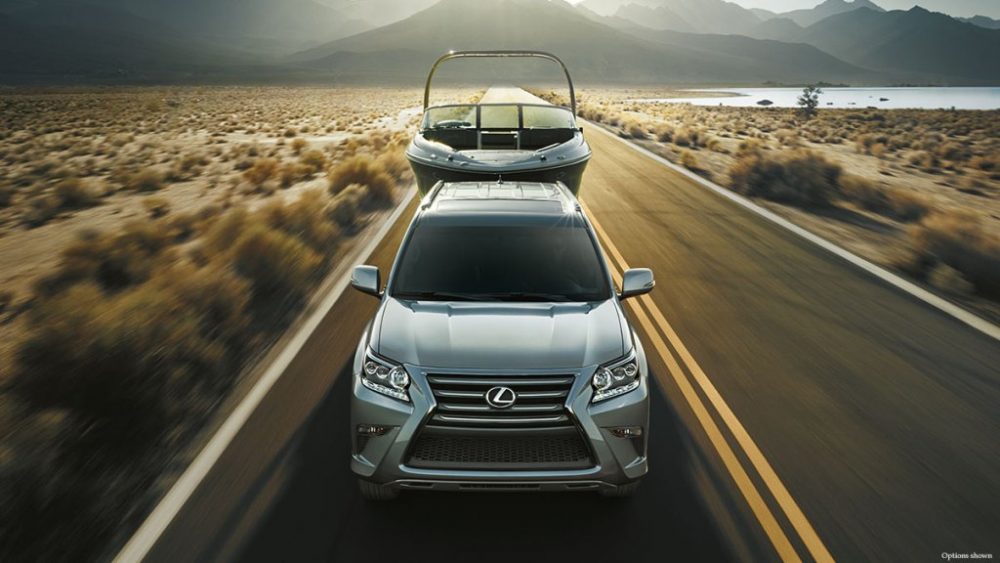
Do you want to learn how to tow a car? It’s a relatively simple process if you know how to do it right. However, it’s more than simply grabbing the nearest rope you can find and attaching it to your car. The first step to towing a car properly is using the correct equipment for the task — with a tow strap always being a smart option. In fact, every driver should keep a tow strap in the trunk of their car as part of a vehicle emergency kit. You’ll never know when it’ll come in handy. But first we need to talk about how to use it properly.
When it comes to towing your car, you have three options to choose from: a cable, chain, or strap. Why pick a tow strap? You can’t rule out the possibility of any of these items breaking, given the tremendous strain associated with towing vehicles. The only difference is that tow straps are made of strong nylon and have hooks at the end. Though pretty strong, tow straps are surprisingly lightweight when compared to other types of towing equipment. If a tow strap does break, you don’t have to worry about excessive weight potentially harming you or damaging your vehicle.
Before we go any further, it’s important to learn the difference between tow and recovery straps. Most people use the terms interchangeably but they’re not exactly the same. While they’re both invaluable pieces of equipment used when towing, they have slightly different functions. Conventional tow straps are less flexible than recovery straps. As such, they’re designed to pull a vehicle that’s moving freely. This means that this type must never be used to pull a stationary vehicle that’s stuck in the mud or snow. Due to the strap’s limited flexibility, the chances of it breaking are high. Recovery straps, on the other hand, are more flexible, stronger, and durable. They’re designed to ‘’recover” or pull a vehicle that’s stuck.
The first step is to attach the tow strap to the rear of the towing vehicle using the hooks provided. Attach these hooks on the mounting point or trailer hitch — whichever the vehicle has. It’s important to ensure that these hooks are securely fastened to avoid slipping off when the car is in motion. Give the strap a few tugs before moving on to the next step.
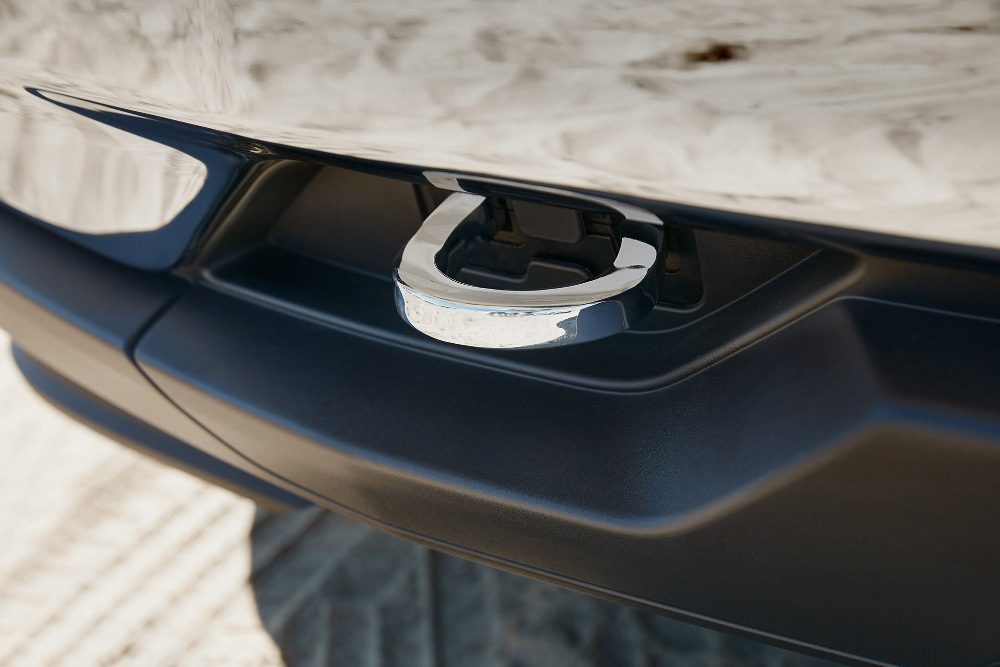
Photo: Chevrolet
Once you’re satisfied that the strap is properly fastened, you attach it to the front of the car being towed. Here, you hook the strap on the steel loop that’s usually located under the front bumper. Check the owner’s manual if you’re not sure where to find it. Avoid attaching the strap directly on the center axle or any other metal part suspended from underneath the car. But make sure that the strap isn’t twisted. Remove any kinks or knots, as this may cause premature wear and tear.
Once both ends are securely fastened, it’s time to start pulling the vehicle. Make sure that both cars are manned.
If the car being towed is functioning, the driver must remove the parking brake and put the vehicle into first gear or drive. If, on the other hand, the car isn’t functioning, place it in neutral gear.
Start moving the vehicle slowly until you feel that the tow strap is tight. Once the strap is tight, you can start pulling the vehicle. Aim to move at a slow and steady pace. Any sudden jerks may break the strap, so practice extreme caution.
Here are a few helpful tips that you should keep in mind when towing your vehicle:
- Always inspect the straps for damage before use.
- Keep the strap away from abrasive material or debris that may damage the unit.
- When using recovery straps, make sure that you use them on vehicles with a weight that’s half the break strength of the straps.
You must never tow an unmanned vehicle. Also, travel at a steady speed and never attach the strap to metal other than the part designed for attaching a towing hook. Follow these steps and you’ll reach your intended destination. In the event that you need extra reinforcement, feel free to attach anchor shackles, which you can purchase separately. If the car to be towed is severely damaged, calling in the professionals may be your only option.
The News Wheel is a digital auto magazine providing readers with a fresh perspective on the latest car news. We’re located in the heart of America (Dayton, Ohio) and our goal is to deliver an entertaining and informative perspective on what’s trending in the automotive world. See more articles from The News Wheel.

